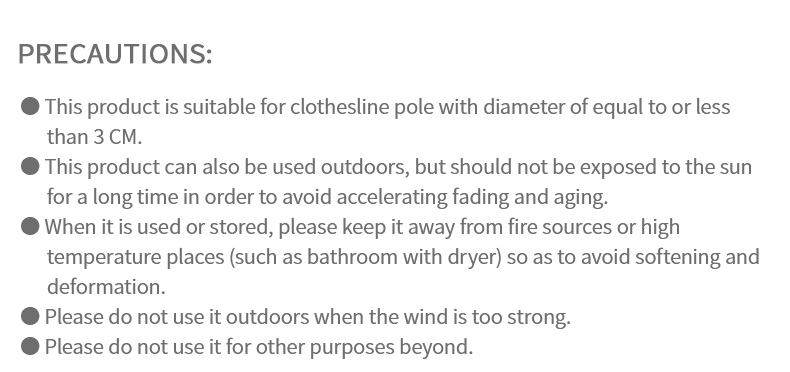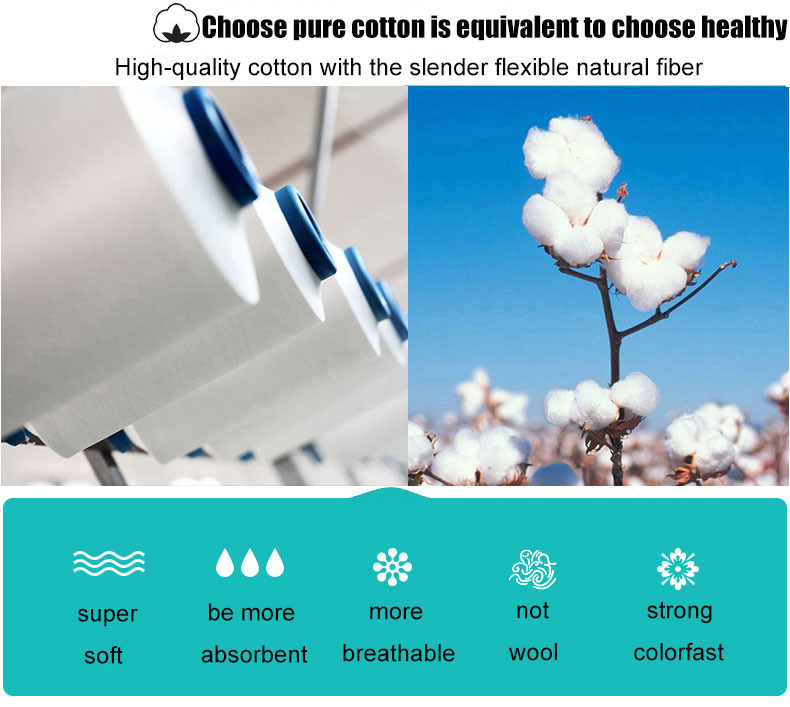Comparing Down and Cotton Quilts: A Comprehensive Guide
Down and cotton quilts are two popular types of bedding materials used in the winter season. Both have their unique features, advantages and disadvantages. Down quilts are known for their high warmth-to-weight ratio, superior insulation properties and comfortable feel. However, they are more expensive and require more maintenance compared to cotton quilts. Cotton quilts, on the other hand, are affordable, easy to maintain and available in a wide range of styles and sizes. They also provide good airflow, which is beneficial for those who sleep hot. However, they do not offer the same level of insulation as down quilts and may be less comfortable to sleep under during colder temperatures. In this comprehensive guide, we compare down and cotton quilts based on factors such as warmth-to-weight ratio, insulation properties, maintenance requirements, price, and availability. We also provide tips on how to choose the right quilt for your sleeping habits and preferences. Whether you prefer a luxurious down quilt or a budget-friendly cotton quilt, we hope this guide helps you make an informed decision and get a good night's sleep all winter long.
In the world of bedding, two types of quilts stand out for their comfort, warmth, and durability – down and cotton quilts. While both types offer excellent insulation and can be used in a variety of weather conditions, there are some key differences between them that consumers should consider before making their purchase. In this comprehensive guide, we will compare down and cotton quilts in terms of their materials, construction, maintenance, and overall benefits. Whether you prefer the cozy feel of down or the classic look of cotton, you'll find everything you need to know about these two popular quilt options here.

Materials
The first thing to consider when comparing down and cotton quilts is their materials. Down quilts are made from feathers collected from ducks or geese that have been sanitized and processed into fill. Down is known for its exceptional insulation properties due to its small, lightweight structure, which traps air molecules close to your body to keep you warm. Down quilts are usually made with either single- or multi-fill options, depending on their thickness and weight.
On the other hand, cotton quilts are made from fibers extracted from cotton seeds or fibers. Cotton is a natural fiber that is soft, breathable, and hypoallergenic, making it an ideal choice for those with sensitive skin or allergies. Cotton quilts can be made from a variety of cotton fibers, such as high-count cotton, percale cotton, or Egyptian cotton. High-count cotton has a shorter thread length and a more textured surface, while percale cotton has a smoother surface and a higher thread count.
Construction
The construction of a quilt plays a crucial role in its overall quality and performance. Down and cotton quilts have different construction methods that affect their characteristics.
Down quilts are typically constructed using a bonding method called "boxing." This involves layering the feathers in a box shape and filling any gaps with goose or duck down. The resulting quilt is compact and dense, making it an excellent insulator. However, due to its boxy structure, down quilts can be less flexible than cotton quilts and may not conform as well to your body during sleeping.

Cotton quilts can be made using various techniques, including sewing, quilting, and binding. Sewing together layers of cotton fabric creates a more flexible and versatile quilt that can conform to your body better than boxed down quilts. Quilting involves stitching together layers of cotton fabric to create a decorative pattern or texture. Binding adds a finishing touch by enclosing the edges of the quilt around a border of fabric.
Maintenance
Maintaining your quilt is essential to ensure its longevity and comfortability. Both down and cotton quilts require regular washing and care to prevent damage from stains or mold growth.
Down quilts should be washed separately from other clothing in cold water on a delicate cycle using mild detergent. Do not tumble dry or iron down quilts, as this can damage the feathers or cause them to clump together. It is also recommended to let down quilts air dry completely before use to prevent moisture buildup that can lead to mildew or mold growth.
Cotton quilts can be washed in hot water with a mild detergent and then hung out to dry in the sun. Avoid using bleach or fabric softeners when washing cotton quilts, as they can weaken the fibers over time. It is also important to avoid exposing cotton quilts to direct sunlight for long periods, as this can cause fading or shrinkage. Ironing cotton quilts is generally not recommended, but if necessary, use a low heat setting to protect the fibers from burning.
Benefits

While there are many advantages to both down and cotton quilts, each type offers its unique set of benefits that consumers should consider when making their purchase.
Down quilts are known for their exceptional warmth and insulation properties due to their small size and lightweight structure. They are also incredibly durable and can last for years with proper care and use. Additionally, down quilts are hypoallergenic and can help alleviate allergy symptoms for those with sensitivities to feathers or other allergens.
Cotton quilts are an excellent option for those looking for a natural and eco-friendly bedding option. Cotton is a sustainable material that can be produced using renewable resources such as wind or hydro power. Cotton quilts are also hypoallergenic, breathable, and easy to care for, making them a popular choice for those with sensitive skin or allergies. Additionally, cotton quilts can be machine washed and dried easily, saving time and energy compared to hand washing down quilts.
Conclusion
In conclusion, down and cotton quilts both offer exceptional comfort and warmth, but there are key differences between the two types that consumers should consider when making their purchase. Down quilts are known for their exceptional insulation properties due to their small size and lightweight structure, while cotton quilts are an eco-friendly option that is easy to care for and hypoallergenic. By considering their materials, construction, maintenance, and overall benefits, consumers can make an informed decision about which type of quilt best suits their needs and preferences.
Articles related to the knowledge points of this article:
Title: Comparing Silk Duvets and Down Quilts: Which One is Better?
Cost of Feather Duvet in Jingan District
Title: The Saga of the Down-Padded Accident: A Tale of Waterlogged Duvet



